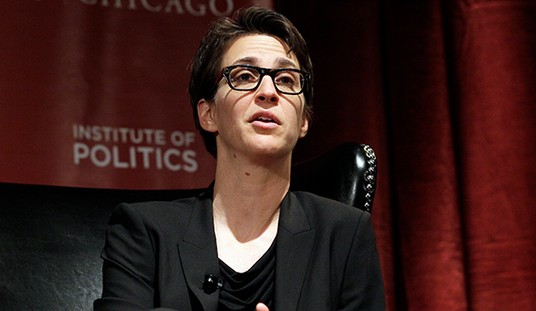This week’s screwy CNN poll was at least useful in encapsulating the establishment media’s conventional wisdom about the 2012 campaign: the gender gap and likeability are the keys to Pres. Obama’s reelection over likely GOP nominee Mitt Romney. Unsurprisingly, the reality is a bit more complex than the spin.
Consider the gender gap, as Ramesh Ponnuru does:
Of the eight presidential elections from 1980 to 2008, Republicans won five (four if you exclude 2000). Republicans carried women, albeit narrowly, three times; Democrats carried men twice. Republicans can lose even while winning men, as in 1996. Democrats can lose while winning women, as in 2004.
The evidence suggests that women are more inclined than men to vote for Democrats, but this gap doesn’t consistently help either party. It isn’t the case that the larger the gender gap, the worse Republicans do. Republicans did seven points better among men than women in 2004, when they won. They did five points better in 2008, when they lost.
Obama barely won men in 2008. If this race is at all competitive, he will lose them this time. And that’s not all we can predict. Romney will win among large subgroups of women: those who are married, those who are white, those who go to church regularly. Gender isn’t the principal determinant of women’s votes any more than it is of men’s.
Meanwhile, Doug Schoen compiles the arguments why Obama is unlikely to significantly improve his standing among male voters — and specifically among male independents and swing voters. Harry J. Enten not only dissects the gender gap, but also the race gap:
The good news for Romney and the Republicans is that they don’t need to win in 2012 among minority groups. Latinos and African Americans combined will probably make up a little less than 25% of the 2012 electorate. Whites, on the other hand, will make up somewhere between 72-75%. If Romney and the Republicans continue to lose minorities by between 47 and 90 percentage points, as they did with Latinos and African Americans respectively in 2008, they will have to win white voters by around 20 points, instead of their 12-point 2008 lead. It turns out that there is a precedent for this massive white swing in the face of a static minority support for the Democrats.
Enten points to the midterm results from 2006 and 2010, which is a little risky, given the difference in the likely turnout demographics between midterms and general elections. However, he notes the GOP only needs to improve its margins with white voters by about 8%-10% rather than the 19% improvement the GOP saw from 2006 to 2010.
As for likeability, there is actually little empirical study (afaik) of its effect on election outcomes. However, the WaPo’s Chris Cillizza notes that in elections with an incumbent since 1980, Mondale, Dole and Kerry all had high favorable ratings and lost, while Bill Clinton won with middling favorable ratings. I would add that the focus on Obama’s favorables tends to obscure the fact that he also tends to have high unfavorables, close to those of Romney, who has lower favorables, but a fair share of unknowns. Even the CNN poll had Romney’s favorables rebounding as the nasty phase of the GOP primaries ends; Obama, as a universally known quantity, is likely at his ceiling.
As Brendan Nyhan puts it at CJR:
In reality, presidential election outcomes can almost never be attributed to a shift in a single demographic group. Likewise, most campaigns are decided by the popular vote, not the details of the Electoral College. For both reasons, journalists should keep their eye on the big picture. While forecasting models are hardly perfect, they have persuasively shown that presidential elections are shaped by fundamental factors like incumbency and the economy, which tend to move demographic groups roughly in parallel. Obama appears to be overperforming among women now, but campaigns tend to move voters toward the outcomes we’d expect given the fundamentals. The implication is that Romney’s standing among women is likely to recover somewhat. As I recently noted, campaign shocks to candidates’ standing in general election trial heats are largely transitory at this stage of the campaign (link requires subscription). Though the gender gap will persist, Republican women and GOP-leaning independents are likely to find reasons to return home after contraception leaves the news, Romney’s rivals stop attacking him, and the conventions remind them of their partisan loyalties.
Polling at this stage of the campaign does not tell us much, but the media coverage of them says a lot about how the establishment would like to shape the campaign environment. A cynic might observe the media seemingly clings to attacks on the GOP, identity politics and the cult of personality as Obama’s strengths in an anemic economy. Those are not even not even the Emperor’s New Clothes; they are the Emperor’s Old Clothes.
This post was promoted from GreenRoom to HotAir.com.
To see the comments on the original post, look here.








Join the conversation as a VIP Member